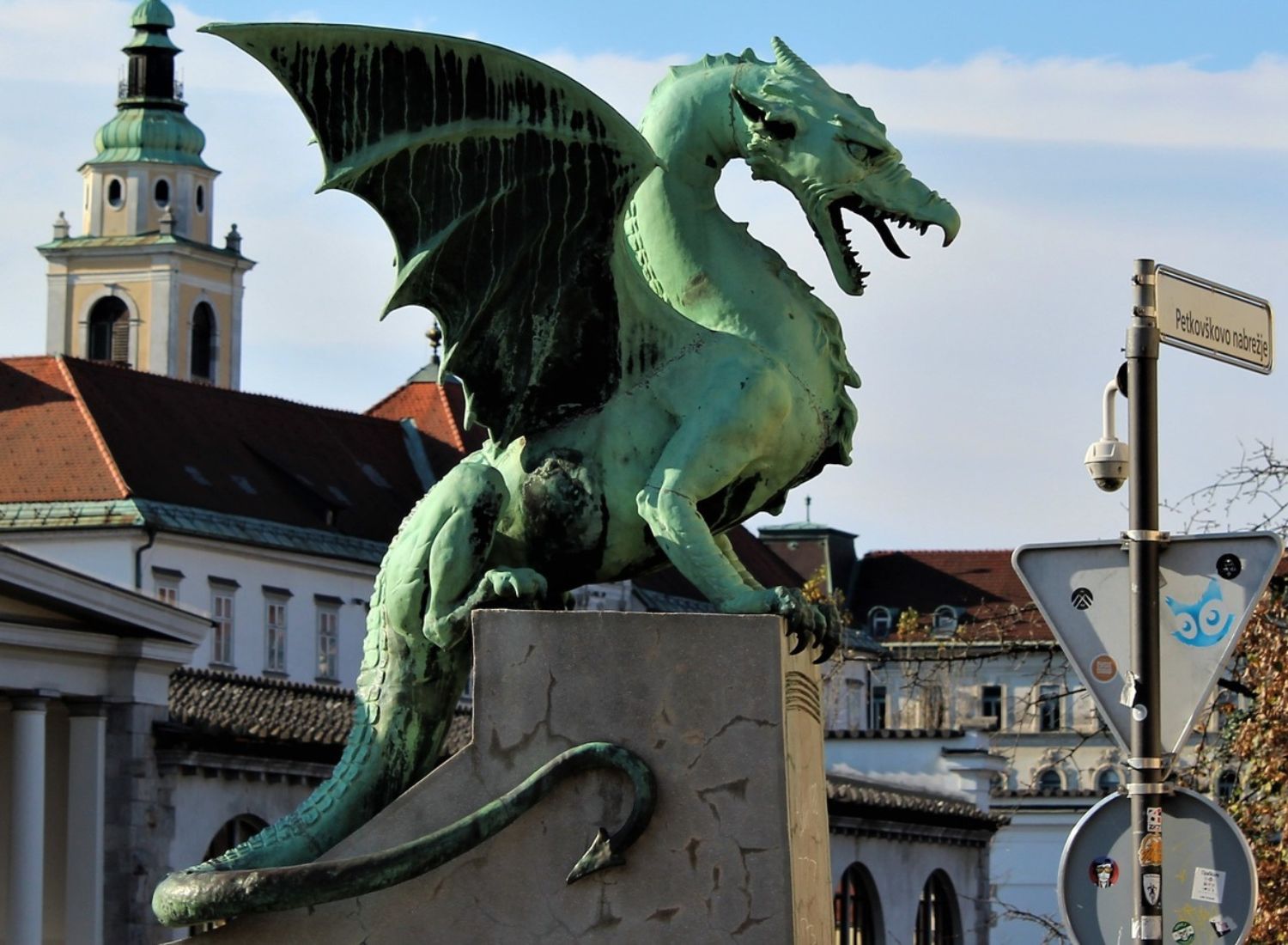Get to know About the History of Jalebi

Crispy, coiled, and hot, that’s jalebi for you.
Jalebi has the power to mesmerize anyone and bring water to hundreds of mouths. The process of making jalebi itself is very beautiful and a picturesque site for the foodies to behold. The way it is doled out in hot oil, using a soft cotton cloth piece then dipped into the sweetest sugar syrup. It wouldn’t be wrong to say that this process itself is enough for people to fall in love with Jalebi.
Jalebis have always been an integral part of the Indian household. Be it your elder sister’s wedding or Diwali celebrations, jalebi always finds its way to the dinner table.

You can have your jalebi with anything from a cup of hot milk to samosa or lots of thick cream. The jalebi never disappoints!
But did you know, your favorite Jalebi is not Indian but actually a Persian import? Yes, you read that right!

Origin of jalebi
Jalebi didn’t originate in India but it was invented in Western Asia, where it was known as Zalabiya or Zolabiya. In Iran, Zalabiya was the festive treat, enjoyed by everyone during the festivals, especially the Iftaar gatherings of Ramzaan. The silver-coated sweet delight was famous and consumed by all classes of the population alike.
The 13th-century writer, Muhammad bin Hasan al-Baghdadi, featured all the popular dishes of that era in his cookbook, ‘Kitab al- tabeekh. It was in this book that the recipe of zalabiya was first mentioned.

Through this book, the tale of zalabiya travelled to India from Iran. Zalabiya was introduced to the Indian population and almost immediately it gained a lot of popularity. The sweet coil was then given the name ‘Jalebi’ which was a local accent version of zalabiya.
Priyamkarnrpakatha, a famous Jain script (1450 CE), has mentioned jalebi as a dish of the rich and the festivities. Hence, our favorite Jalebi has always been associated with feelings of festiveness and togetherness.

In the 16th century, jalebi was mentioned in ‘Bhojana Kutuhala’, a famous book written about food recipes and science.
So, the next time you visit your halwai ki dukaan, remember where your favorite yummy coil has come from.



